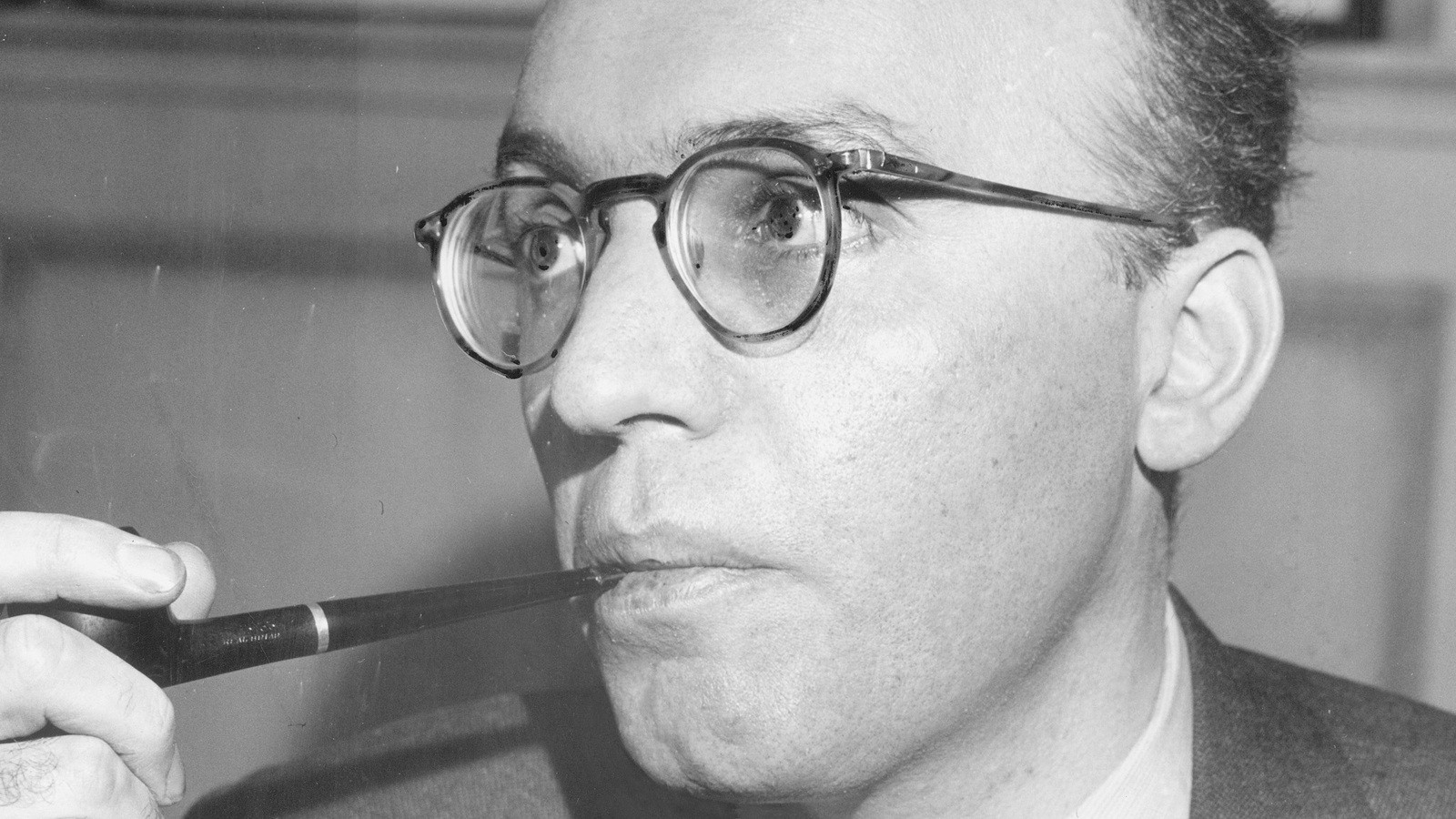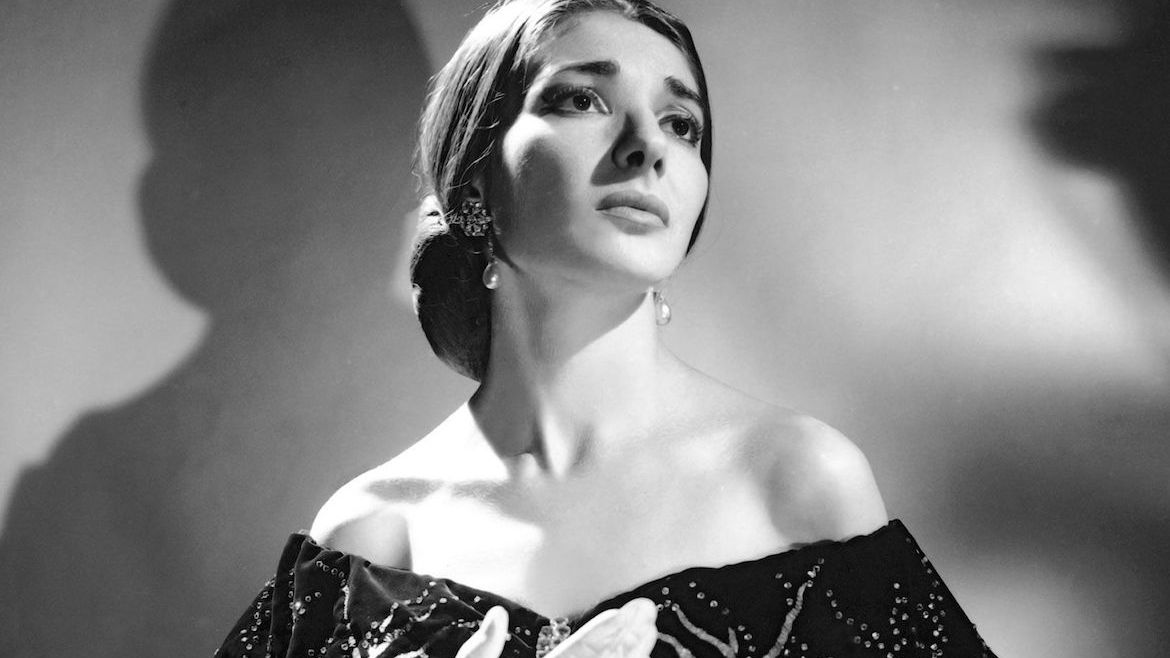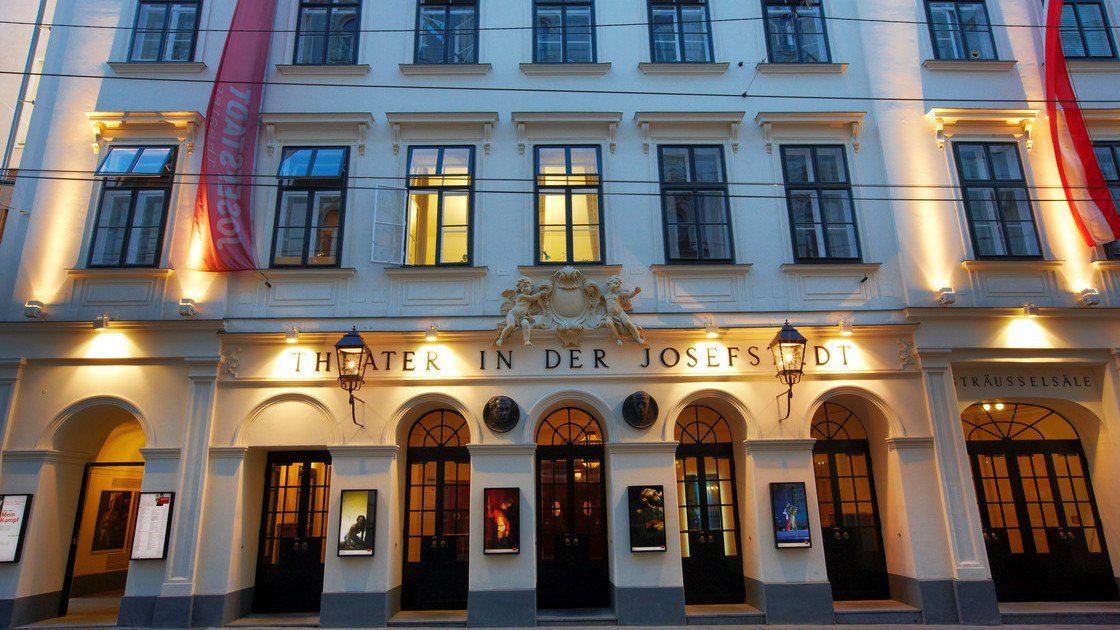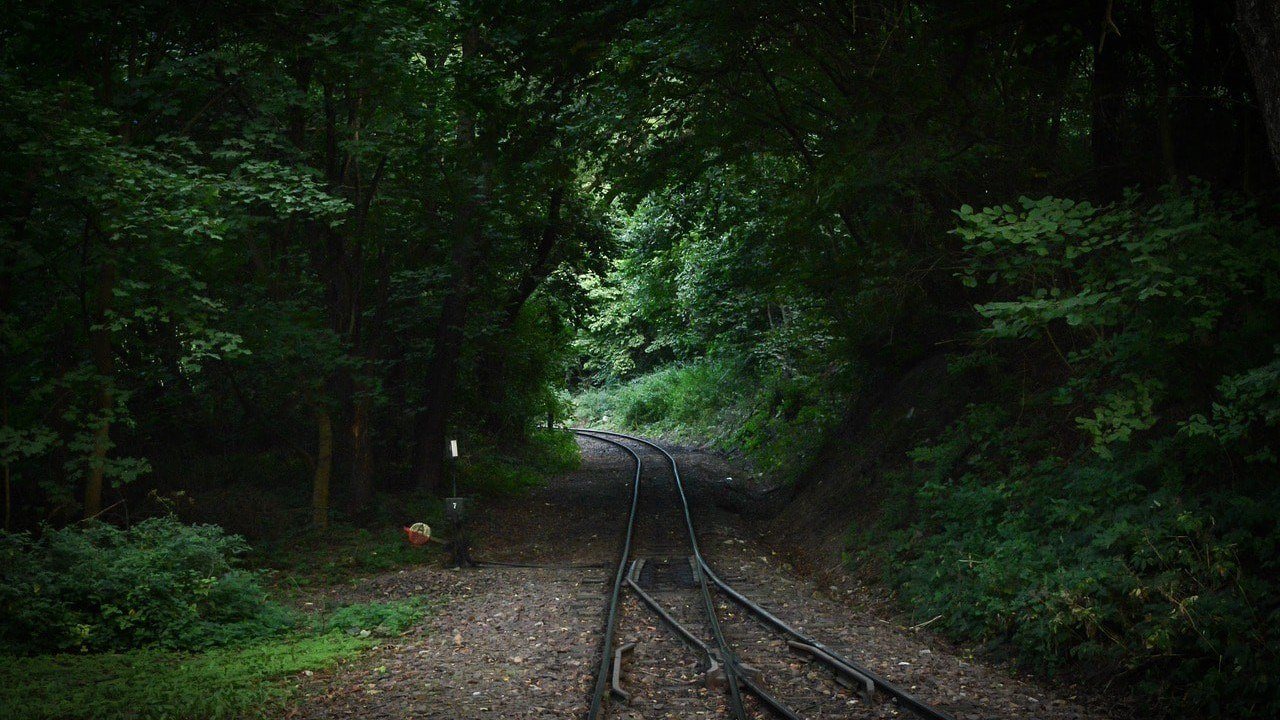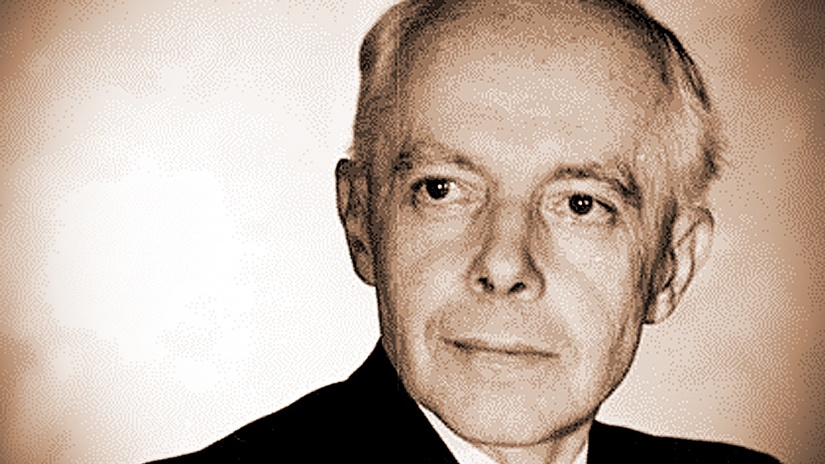Remembering Eddie Van Halen
Eddie Van Halen, the legendary virtuoso rock guitarist, passed away yesterday following a battle with lung cancer. He was 65. The band Van Halen, formed in Pacific Palisades, California in 1972, was credited with “restoring hard rock to the forefront of the music scene.” The band’s original lineup (until 1985) included Eddie, his brother Alex Van Halen (drums), lead singer David Lee Roth, and bassist Michael Anthony. Later, Sammy Hagar replaced Roth. Eruption …


